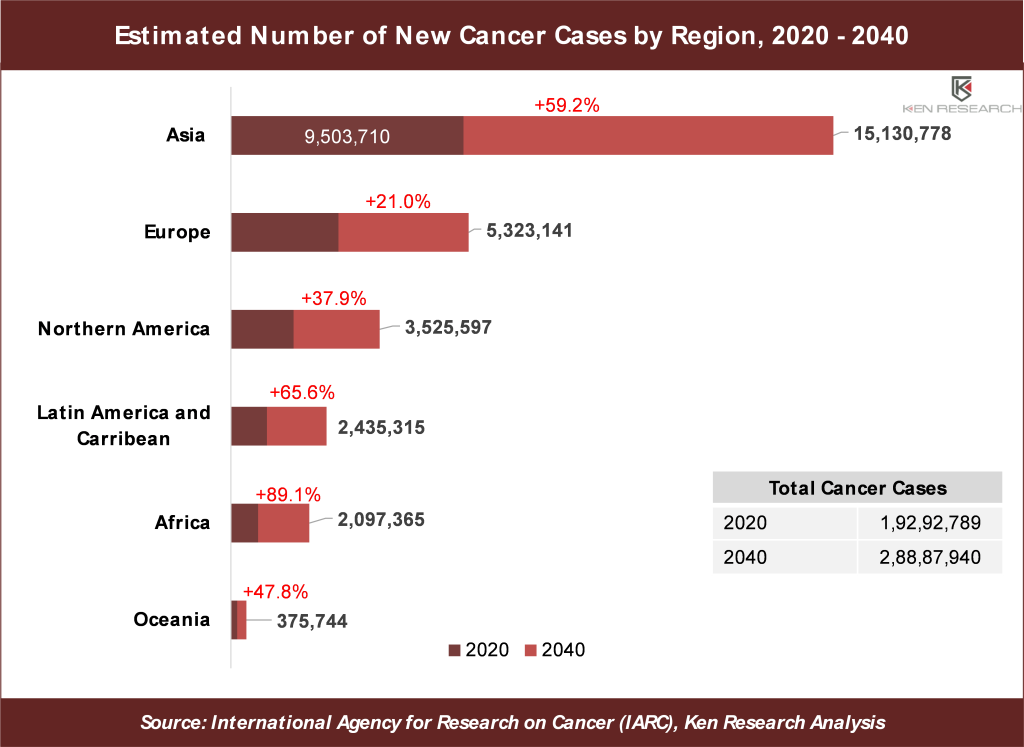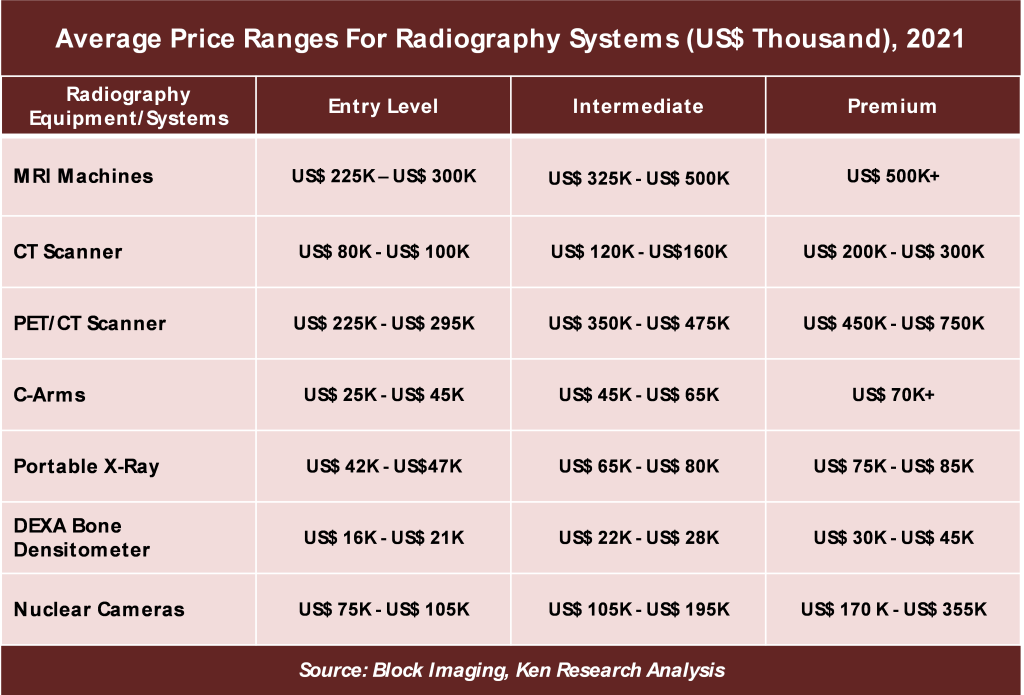Driven by the increasing prevalence of chronic diseases, such as cancer, cardiovascular diseases, and neurology disorders, the Global Radiography Systems Market is forecasted to Cross US$ 40 Bn by 2028 says Ken Research Study.
Radiography systems are medical devices that use imaging technologies such as X-rays, ultrasound systems, computed tomography (CT) scanners, and others to treat and diagnose patients. Such imaging technologies aid in capturing images of the patient's inner structure to determine the presence or absence of any disease, structural damage, or abnormality. Furthermore, radiography is also used in a variety of examinations and diagnostic tests, such as dental examinations, chiropractic examinations, and orthopedic evaluations where a digital image record is intended.
“Ken Research shares 3 key insights on this ~US$ 40 billion market from its latest research study”
1. Radiography Systems Market has Seen Steady Growth after a Rise in Demand for Computed Tomography (CT) scans in 2020.
The Global Radiography Systems Market is expected to witness stable growth during the forecast period, owing to the increased need for High-Resolution CT (HRCT) scans in 2020 for the diagnosis of COVID-19 patients through chest scans. The global radiography system market was valued at ~US$ 25 billion in 2017, it is estimated to be ~US$ 30 billion in 2022 and is expected to reach a market size of ~US$ 40 billion by 2028 growing with a CAGR of ~5%. North America is the dominating region in the Global Radiography Systems Market, owing to the increased technological adoption of diagnostic techniques, extensive research initiatives, and regulatory science activities across the healthcare industry, especially in countries such as USA, and Canada.
2. The Increasing Prevalence of Chronic Diseases, such as cancer, cardiovascular diseases, and Neurological Disorders is Major Growth Driver for the Global Radiographic Systems Market.
The growing geriatric population worldwide, who are more exposed to chronic and infectious diseases, including arthritis is propelling the demand for radiography systems. In addition, the increasing prevalence of cancer, cardiovascular diseases, and autoimmune diseases, such as type 1 diabetes, and nephrological diseases is increasing the use of imaging techniques in diagnostic testing. For instance, according to World Health Organization (WHO), a government agency of the United Nations, nearly 18 million people died from cardiovascular diseases (CVDs) worldwide in 2019, accounting for 32% of all global deaths, with more than three-quarters occurring in low-resource countries.
Request for Sample Report @ https://www.kenresearch.com/sample-report.php?Frmdetails=NTk2MDM3
3. Higher Prices of Medical Imaging Tests and Limited Access to Critical Infrastructure are expected to Stifle Market Growth.
Radiology tests are relatively expensive due to the expense of film, as well as the need for expensive protective enclosures. The semiconductor detector, which measures both the intensity and the energy of incident radiation, has the highest energy resolution and the clearest image tendency. Hence, an X-ray machine with a semiconductor detector is likely to be more expensive.
For more information on the research report, refer to the below link:
Follow Us
LinkedIn | Instagram | Facebook | Twitter
Contact Us:
Ken Research
Ankur Gupta, Head Marketing & Communications
Support@kenresearch.com
+91-9015378249




No comments:
Post a Comment